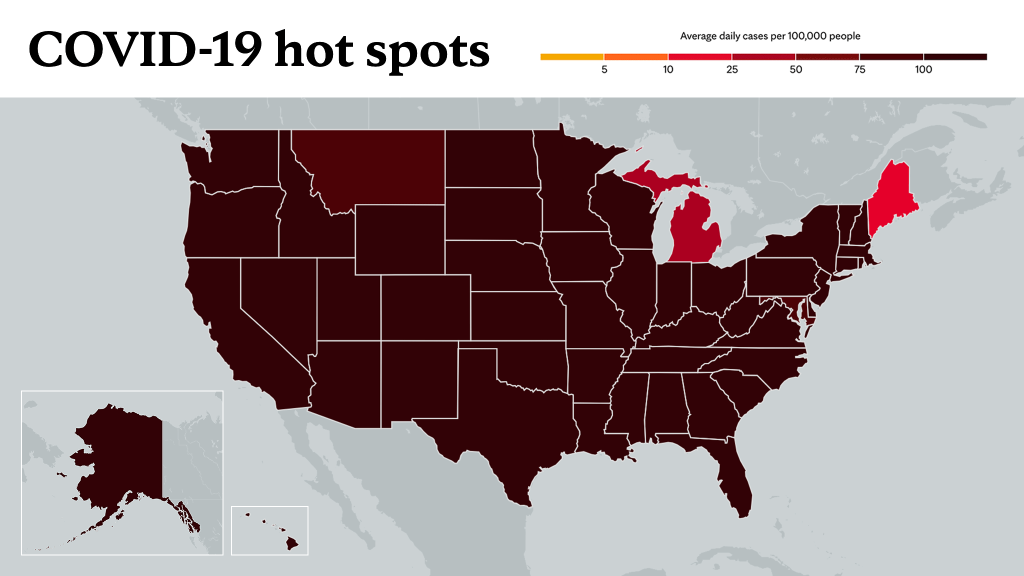The world was abuzz in late December of 2019 and early January 2020 with the news of human-to-human spread of COVID-19. It would not be named COVID-19 until Feb. 11, 2020, by the World Health Organization.
Patients were confirmed in China, Thailand and the United States, and soon many other countries. More than 5 million worldwide have died from the virus in those two years, according to the World Health Organization.
Since then, masking, social distancing and vaccinations have been part of society's vernacular and everyday life. What could everyday life look like in the future?
Dr. Gregory Poland, an infectious diseases expert and head of Mayo Clinic's Vaccine Research Group, provides a glimpse.
Journalists: Broadcast-quality video pkg (1:25) is in the downloads at the end of the post. Please courtesy: Mayo Clinic News Network. Read the script.
From the first travel-related U.S. case on Jan. 21, 2020, to lockdowns, shutdowns and widespread masking, the world with COVID-19 has changed quite a bit. Will the future be changed, as well?
"We will take respiratory illnesses in the winter seriously," says Dr. Poland. "And you'll see people who are in the know, wearing masks during respiratory virus winter-type season. I think you'll see people wearing them when traveling, even if it's not required."
COVID-19 vaccines — a spectacular human accomplishment — says Dr. Poland, may be given in tandem each year with the influenza vaccine.
"I think you and I will in the future be getting, if not annually, close to annually, flu and coronavirus vaccines. And we'll learn to live with it," he says.
For now, as the omicron surge continues, it's important to continue all safety measures. Dr. Poland says everyone fundamentally has two choices when it comes to vaccination.
"We get the vaccine, or we get infected, reinfected and reinfected. Getting the vaccine, no matter what your belief about its immediate safety, is far safer than getting infected and getting infected again."
For the safety of its patients, staff and visitors, Mayo Clinic has strict masking policies in place. Anyone shown without a mask was either recorded prior to COVID-19 or recorded in a nonpatient care area where social distancing and other safety protocols were followed.
Information in this post was accurate at the time of its posting. Due to the fluid nature of the COVID-19 pandemic, scientific understanding, along with guidelines and recommendations, may have changed since the original publication date.
For more information and all your COVID-19 coverage, go to the Mayo Clinic News Network and mayoclinic.org.
Learn more about tracking COVID-19 and COVID-19 trends.








